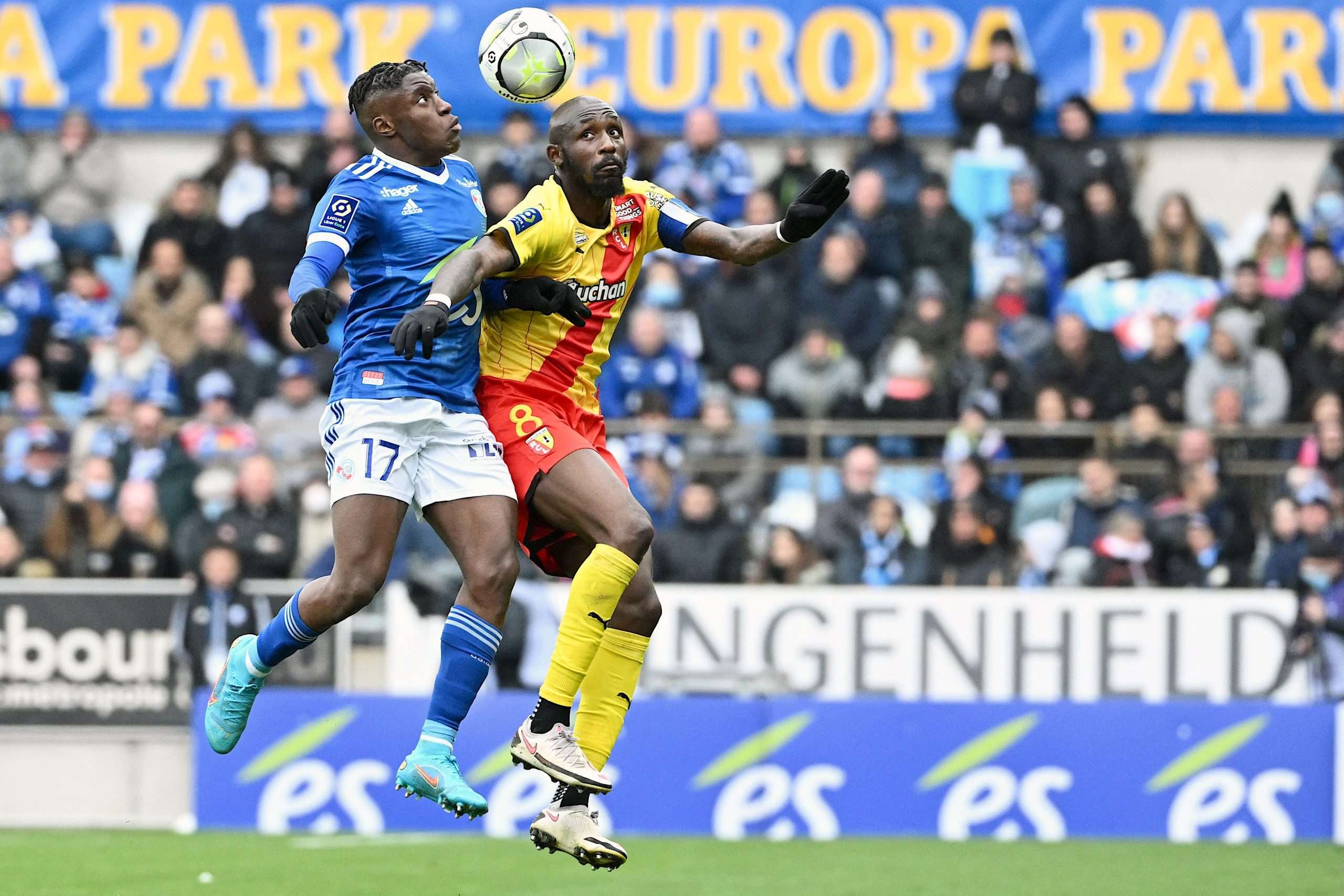Milan have shown interest in both Renato Sanches and Seko Fofana ahead of the summer transfer window and Jyotirmoy Halder delves into who is better.
Losing players to free transfers is hard to digest for any supporter. And when the list of free departees includes the name of Franck Kessie, the despondency reaches a level of discomfort. Such emotions lead to jeering, as was evident in Milan’s latest game against Udinese on Monday. Each touch of Kessie was met with the revolting sound of whistling. It was as if the Rossoneri enthusiasts could not stand the midfielder’s decision to leave the club they love and admire. But as the saying goes, the ship has already sailed.
With Franck Kessie leaving Milan for Barcelona in the summer, the Serie A side has intensified the operation to find a suitable replacement for the departing Ivorian. And so far, two names have made the entry into the hearts of every Milan devotee: Renato Sanches or Seko Fofana. Reports from Italian media have suggested that the San Siro faithful are looking to bring in Sanches as a potential replacement for Kessie, with Seko Fofana being monitored as an alternative to the Portuguese international.
Both Sanches and Fofana currently ply their trades in France, with the former representing Lille and the latter enjoying a fantastic 2021/22 season for Lens FC. While Sanches’ contract at AC Milan expires in June 2023, Fofana has his services bound to Lens until 2024. It means Milan cannot lever a free transfer for these two in the summer.
When the outflow of money is constant in both cases, Milan will be looking to bring the best possible option to fill the void caused by Kessie’s imminent departure. Here, we have managed to gather some data to analyse who has fared better in Ligue 1 this season. It might not set the ultimate bar, but the study below will somewhat help you understand the numerical gap between the two summer transfer targets of the Rossoneri.
Who is better?

First of all, let’s be clear on a point that this number-driven graph is prepared not on the basis of who is a better player in general but on the grounds of who has done better in Ligue 1 this season. And the data, taken into use here, is available for free on FBref.com.
If you take a look at the map, you would find two parameters, with “Shot-creating Actions (p90)” put on the y-axis and “Number of players tackled plus number of interceptions (p90)” placed on the x-axis. Now, what is the rationale behind considering those two fields in particular?
As the name suggests, the first one measures a player’s involvement in creating shots. This parameter helps us learn how proactive a player has been on the offensive front of the game and when playing part in creating shots for the team. The one on the x-axis makes us aware of a player’s defensive output in a particular season. It is the combination of the number of tackles and interceptions made by a player. It is the best way to assess a player’s defensive actions. And since all the midfielders, who have played at least ten games in Ligue 1 this season, have been included in the graph, the distinction has become much clearer.
Now, let’s delve into the focal point of the discussion. The map showcases that there is a gap between the output of Fofana and that of Sanches when it comes to the shot-creating actions. When Fofana, as displayed in the graph, has been involved in less than three shot-creating chances per game, Sanches averages a score of around 4.5 per game, which is a far better digit than that of Fofana.
In terms of defensive actions, both Fofana and Sanches make almost the same number of interceptions and tackles, meaning there is not much difference between the two on the defensive part.
This season, Renato Sanches has played 19 league games for Lille, racking up one goal and five assists in the process. Seko Fofana, on the other hand, has scored seven goals from 30 matches. Franck Kessie is not someone who scores loads of goals from the open play, either. It then comes down to shielding the backline and orchestrating the play, something that might suit Sanches’ attributes in a more comprehensive manner. Then again, both Sanches and Fofana play in two different clubs, with two different systems, and under two different managers.
Regardless, both players have fared extremely well for their respective teams in recent times. It would ultimately be interesting to see whether Milan incline toward the ex-Udinese man or choose to go for a Swansea City flop.









